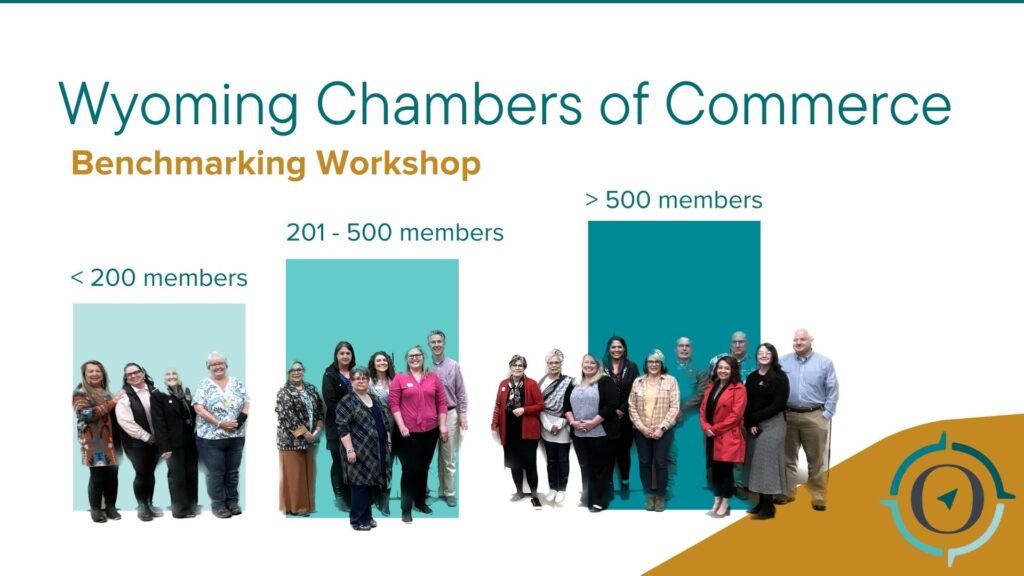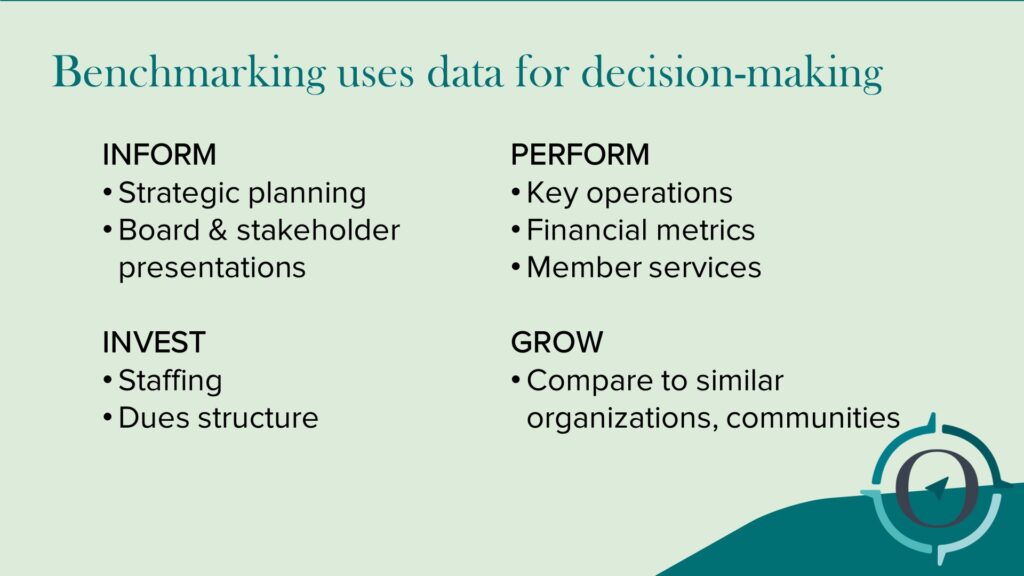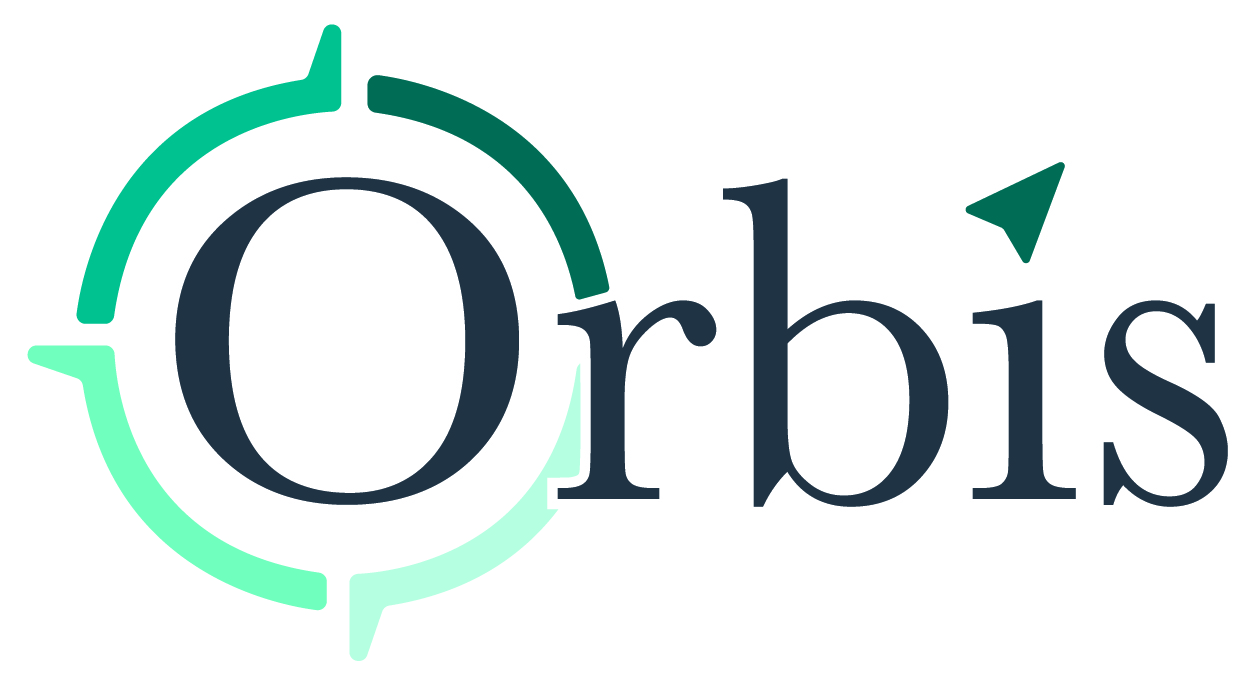Benchmarking is a term so common that it yields more than 300 million results in an internet search.
While the practice is common among larger companies, small businesses and nonprofit organizations might not be as likely to direct time and resources to the effort (or they might not realize they are doing it).
What have you done for me lately?
Have you ever had a conversation with a board member or stakeholder that reminds you of the Janet Jackson song, “What have you done for me lately?” Then benchmarking is a tool that can help show the value of your work.
“For those with existing programs who are struggling to communicate value, benchmarking is an opportunity to articulate strengths and address areas for improvement,” according to Scott Lenet, in the article “The Importance of Benchmarking” (Forbes Magazine, 2018).
Benchmarking is the practice of using data to measure the performance of your business or organization over time and often uses industry standards as a measure of success or progress.
History of benchmarking
The term was popularized in the 1980s by Xerox Corporation. In the late 1970s, the company found itself in a competitive crisis, when an overseas competitor was selling copiers at a price equal to the manufacturing cost of Xerox – a 50 percent difference.
Robert Camp, manager of benchmarking competency quality and customer satisfaction at Xerox, wrote the first major book on the subject: Camp, R. C. (1989). Benchmarking: The search for industry best practices that lead to Superior Performance. Quality Press.
Xerox used the practice of benchmarking for competitive analysis and performance metrics.
“In the beginning, we associated benchmarking with numerical measurements. We still do, because we must be concerned about financial ratios like selling, general and administrative expenses as a percent of revenue. But that information doesn’t say anything about the changes necessary to improve performance,” according to Camp. “Most businesses have learned to look for indicators of how competitors are doing things differently. But you can’t stop there; you must understand what the practices are to incorporate and measure their effects,” Camp, R. C. (1993, July 1). A bible for benchmarking, by Xerox. Financial Executive.
Xerox Benchmarking process
Xerox developed a 10-step process, and Camp writes that the planning phase is the most important: identifying what to benchmark, who to benchmark and where to get the data and information.
PLANNING
1.Identify what is to be benchmarked
2.Identify comparative companies
3.Determine data collection method and collect data
ANALYSIS
4. Determine current performance levels
5. Project future performance levels
6. Communicate benchmark findings and gain acceptance
INTEGRATION
7. Establish functional goals
8. Develop action plans
ACTION
9. Implement specific action and monitor progress
10. Recalibrate benchmarks
Communicating the vision is key to using benchmarking to create positive change. That is how to gain buyin about the need for improvement, determine what to change, and clarify the steps to take toward reaching goals.
Using benchmarks to develop strategy: ACTION
Recently, I had the opportunity to offer a workshop about the benefits of benchmarking for chamber of commerce executives and industry partners from across Wyoming gathered in Saratoga, Wyoming.

Participants reviewed a case study of a chamber of commerce, and used national accreditation standards from the U.S. Chamber of Commerce as the standards to set benchmarks for organizational development in the areas of board engagement, member services, and government affairs.
Benchmarking uses data for decision-making.
Benchmarking data can inform strategic planning and presentations to boards and stakeholders. Comparisons of similar organizations can drive investment decisions, such as staffing, dues structure, and pricing. Performance indicators like financial metrics and client satisfaction are benchmarks for key operations and member services.
Benchmarks help develop action plans: Inform, Invest, Perform and Grow

Camp said, “Benchmarking is a direction-setting exercise, and it is nothing more than a quality tool, just one of many ways to improve and become more productive.” He shared this Chinese proverb:
“If we don’t change our direction, we might end up where we’re headed.” ~ Anonymous
For an example of a benchmarking project, read the Orbis case study: Johnson County Organizational Assessment.
At Orbis, we help you bring focus to your work, enhance corporate culture, and make lasting connections. We invite you to visit our website for more resources for growth and productivity.

